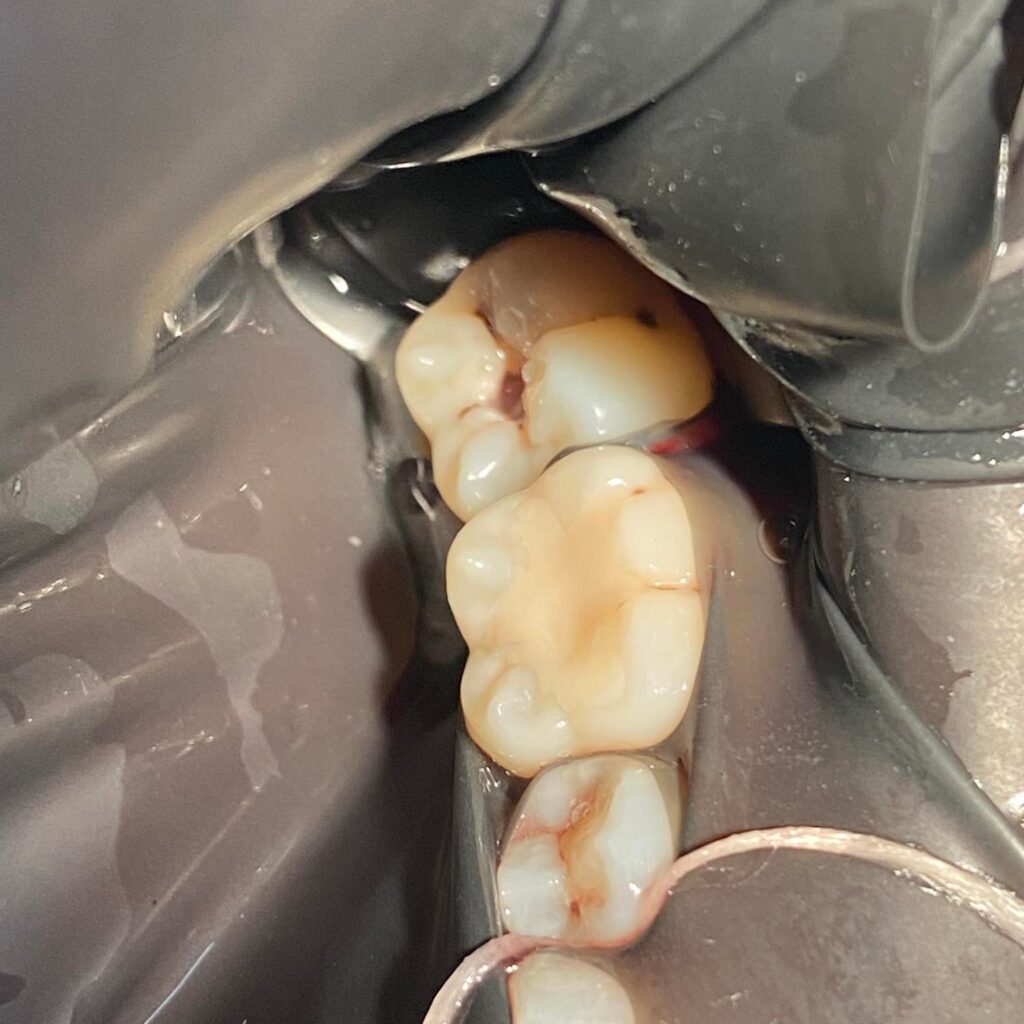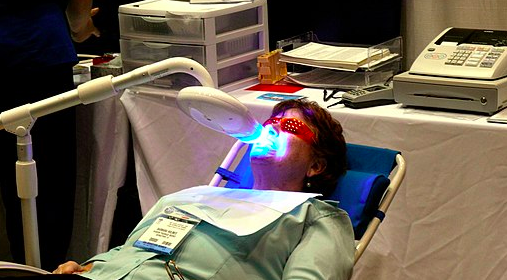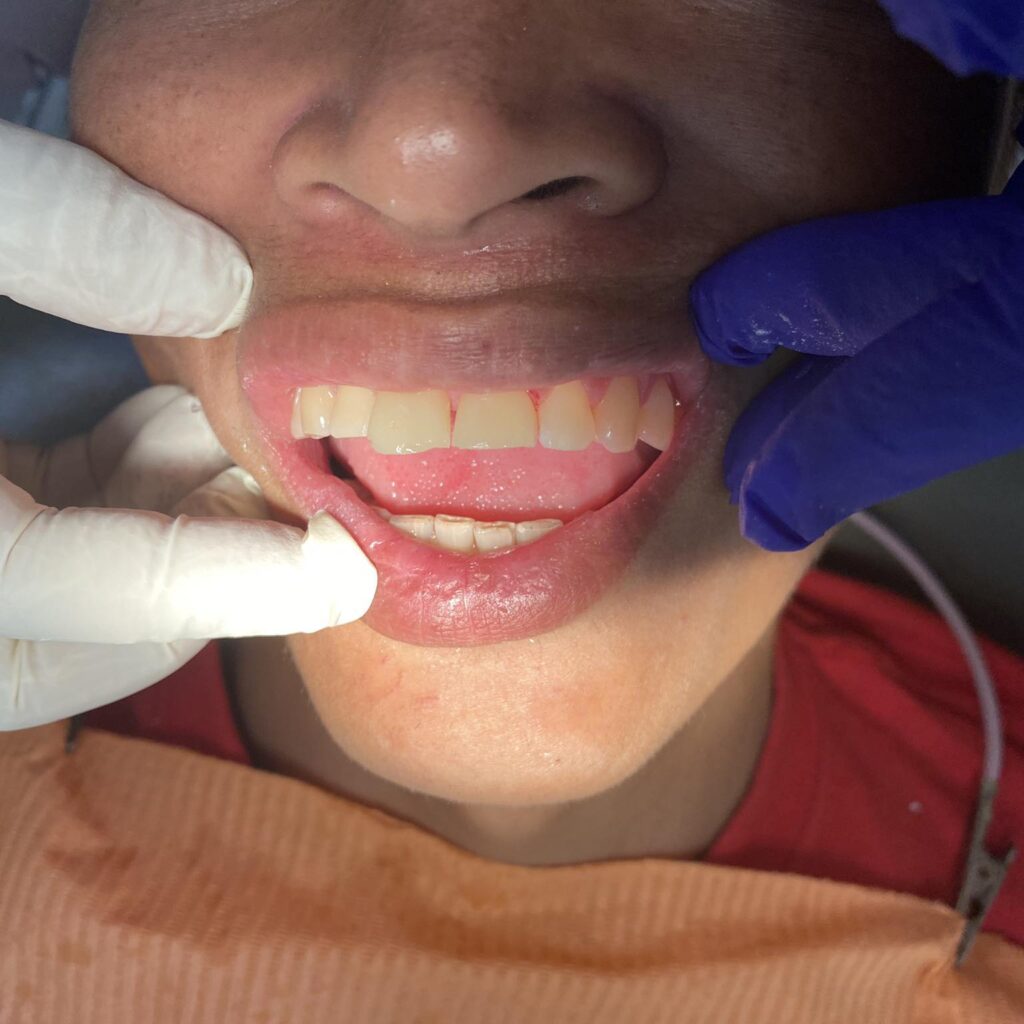Have you ever wondered what someone meant when they called them “buck-toothed”? Or have you ever observed that certain people have crooked teeth to varying degrees? In this article, we’ll discuss what buck teeth are, why they occur, how prevalent they are, how to get rid of them, and the treatment options.
What is a buck tooth?

The term “buck teeth” is used to describe the condition in which the upper front teeth protrude forward. This malocclusion may also be commonly referred to as an overbite. Bucktooth refers to a situation in which only one tooth protrudes.
What causes buck teeth?
Genetics
Both Tooth development and jaw size are influenced by genetic and environmental factors. If there is an uneven jaw size and tooth proportion, there can be a genetic overbite.
Childhood habits
Parents often stop their children from thumb-sucking since these habits can contribute to having buck or crooked teeth. When the teeth and jaw are still developing, the pressure from the thumb can disrupt their natural growth. When a child’s thumb-sucking habit continues past the age of three or four, the permanent teeth tend to grow at an irregular angle.
Sucking on a pacifier can also cause an overbite in the same way that sucking on a thumb can.
Tongue thrusting, in which the tongue pushes the teeth too far forward, can also be contributory but can also cause an “open bite”.
Lack of space for teeth and Crowding
Even a single missing tooth can cause the alignment of the remaining teeth to shift over time, giving the appearance of buck teeth. Crowding, on the other hand, can cause teeth to protrude due to a lack of space to accommodate all of the teeth.
Is it rare to have buck teeth?
Teeth come in a variety of forms and sizes and as discussed earlier, genetics plays a huge part in this. Therefore, having an overbite is a common dental problem that many people experience. It just differs in its severity.
Aside from genetics, lots of people have experienced thumb sucking, tongue thrusting, and other habits that we have discussed earlier which predispose them to having buck teeth. It is not rare to have buck teeth.
Can you get rid of buck teeth?
Buck teeth only necessitate treatment if they are severe and causing pain, or if you are dissatisfied with their appearance and would like them corrected. If you suspect you have buck teeth, only your orthodontist can confirm it and get rid of them if necessary.
It’s important to remember that fixing buck or crooked teeth shouldn’t be done at home.
Changing the alignment of your teeth requires precise pressure applied over time to correct the overbite by moving teeth and fixing space problems. Consult your orthodontist if you want to fix your crooked teeth and avoid serious mouth injuries.
Buck teeth treatment options
Overbite correction treatments vary in different cases, depending on the severity of the overbite. Mild cases of buck teeth might not necessitate treatment. However, severe cases of buck teeth may necessitate treatment for health reasons and require surgery to correct it.
Veneers
The fastest, less painful, least conservative, and more expensive buck teeth treatment options are veneers. Dental veneers are a restorative treatment option for patients who wants to improve their smile without going through the long and tedious process of having braces or getting through surgery.
Depending on your dental clinician’s treatment plan, you might need a direct veneer or an indirect veneer to have your teeth fixed. However, this treatment can only address the spaces in between your teeth, but not the actual malocclusion that you have.
Braces
The most often used method of treating buck teeth is with traditional wire braces and retainers. For a straighter smile, metal brackets and wires fastened to the teeth are gradually adjusted over time. Sometimes tooth extraction is advised if additional space is needed to straighten the teeth.
Invisalign can also be used to correct minor malocclusions. It requires fewer visits to the dentist but is more costly.
Palate expansion
If the palate or upper jaw is too small to accommodate adult teeth, an appliance called a palatal expander may be used and this will be attached to the upper molars. An expansion screw moves the two pieces of the expander apart gradually to widen the palate.
Jaw Surgery
Severe cases such as extremely protruding front teeth can make chewing and speaking difficult. If left untreated, other several issues may arise such as tooth decay or gum disease, mouth injury, alterations in the appearance of the face, teeth grinding, fractures, and jaw pain.
Orthognathic surgery is indicated for severe issues and It’s also used for people who have stopped growing to correct the relationship between the upper and lower jaws.
The basics
To provide a basic concept of orthodontics, a bite is how the upper and lower teeth fit together. When it comes to explaining an overbite, it indicates that the top teeth protrude substantially or overlap beyond the lower teeth.
Teeth can appear protruded for a variety of causes, including the upper jaw being too far forward, the lower jaw being too far back, or teeth growing at an irregular angle. Overbite is a misalignment of the teeth that can range in severity. Protruding front teeth are also referred to as dental malocclusion by dentists and orthodontists.
What to expect in the clinic
Through a routine dental examination, your dentist can determine whether you have buck teeth or not. A dentist may pull back your cheek using a device known as a cheek retractor and ask you to put your back teeth together to check for any oral misalignment. To further assess findings, your dentist may also ask you for radiographs or an X-ray.
A general dental practitioner upon initial consultation may refer you to an orthodontist. Orthodontists are also dentists but they have undergone 2-3 years of training for correcting bites or malocclusion.
During the examination, your dentist will take an impression of your teeth by using a replicating mold to make a diagnostic cast which is helpful to evaluate your bite. This cast will be used to check the relationship between your upper and lower teeth and will be used in determining your treatment needs.
Based on the position of your jaw and teeth, your orthodontist will examine your dentition and recommend the best treatment for an overbite.
In Conclusion
Buck teeth are treated in a variety of ways because everyone’s biting patterns, jaw connections, and tooth sizes are unique. Based on your needs, your orthodontist will choose the best course of action. Treatment is not medically required unless your overbite is severe and uncomfortable, or unless you are dissatisfied with the way your teeth look.
A lot of people choose to live with buck teeth instead of getting them fixed. Although it may appear to be a minor physical imperfection, ignoring it might lead to several issues.
Your orthodontist can fix your crooked teeth and correct their alignment for both health and aesthetic purposes.
Sources:
Burgaz MA, Eraydın F, Esener SD, Ülkür E. Patient with Severe Skeletal Class II Malocclusion: Double Jaw Surgery with Multipiece Le Fort I. Turk J Orthod. 2018 Sep;31(3):95-102. doi: 10.5152/TurkJOrthod.2018.17039. Epub 2018 Jul 11. PMID: 30206568; PMCID: PMC6124885.
(2022). Medical News Today. Retrieved from: https://www.medicalnewstoday.com/articles/buck-teeth




